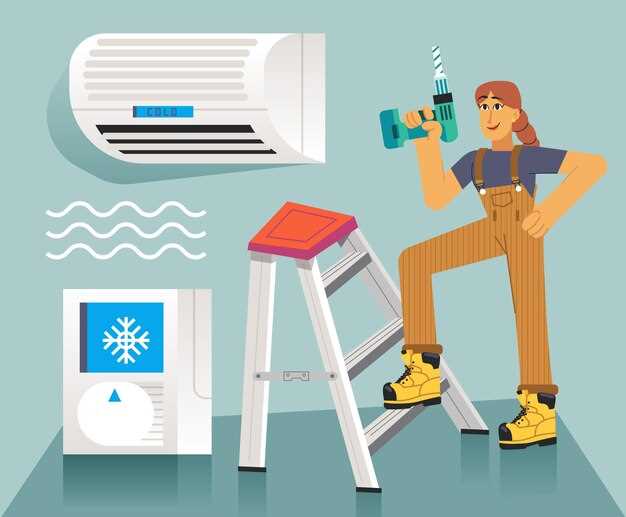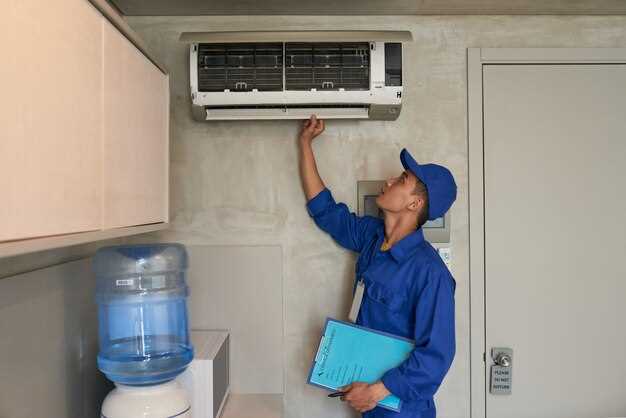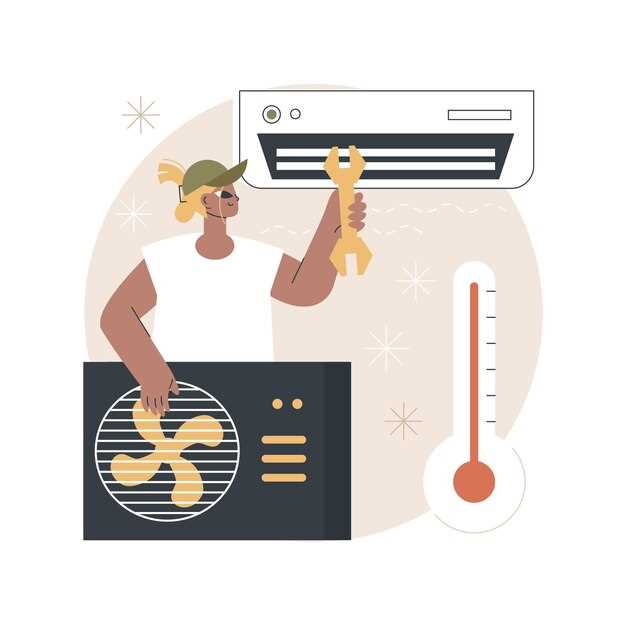
When it comes to maintaining an efficient air conditioning (AC) system, recognizing refrigerant leaks is crucial. Refrigerant is the lifeblood of your AC unit, responsible for absorbing and releasing heat, thereby ensuring a comfortable indoor environment. A leak not only reduces the effectiveness of your AC but can also lead to more significant issues, including compressor failure and increased energy costs.
Detecting refrigerant leaks early can save homeowners time and money. In this guide, we will explore various methods to identify these leaks, understand the signs of a malfunctioning AC system, and emphasize the importance of addressing refrigerant issues promptly. By following these steps, you can maintain your AC unit’s efficiency and prolong its lifespan.
Whether you are a DIY enthusiast or prefer to call in a professional, understanding the fundamentals of refrigerant leak detection will arm you with the knowledge necessary to tackle potential problems. Let’s journey into the methods and signs of refrigerant leaks in your AC system.
Identifying Common Symptoms of Refrigerant Leaks

Detecting refrigerant leaks in your AC system is crucial for maintaining optimal performance and efficiency. Recognizing the common symptoms associated with these leaks can help you address issues before they escalate.
One of the first signs of refrigerant leaks is a noticeable decrease in cooling performance. If your AC struggles to cool your space adequately, it may indicate that refrigerant levels are low due to leaks. This can lead to discomfort during hot weather.
Additionally, you may experience longer cooling cycles. If your air conditioner runs continuously without adequately cooling the room, this may suggest that it is losing refrigerant. The system is working harder to maintain the desired temperature, which can lead to increased energy bills.
Another symptom of refrigerant leaks is the presence of ice formation on the evaporator coils. When refrigerant is low, these coils can freeze over, restricting airflow and further reducing cooling efficiency. If you notice frost or ice buildup, it’s essential to inspect the system for potential leaks.
Unusual noises can also indicate refrigerant leaks. Hissing or bubbling sounds may be heard when refrigerant escapes the system, signaling a potential leak that requires attention. Pay attention to any new or unfamiliar sounds coming from your AC unit.
Lastly, the development of wet spots or pooling water around your AC unit can be a warning sign. Moisture accumulation may occur if the refrigerant leaks, causing a drop in pressure that leads to condensation. This can pose additional risks related to water damage and mold growth.
By being alert to these symptoms, homeowners can act quickly to identify and resolve refrigerant leaks, ensuring their AC systems operate efficiently and effectively.
Step-by-Step Methods for Locating AC Leaks
Identifying refrigerant leaks in your air conditioning system is crucial for efficient operation. Here are systematic methods for detecting such leaks.
1. Visual Inspection: Begin with a thorough visual check of all accessible components. Look for signs of oil stains or residue around joints, fittings, and along refrigerant lines. These stains often indicate refrigerant leaks.
2. Soapy Water Test: Mix a few drops of dish soap with water in a spray bottle. Apply this solution to suspected areas, such as connections and seals. Bubbles will form if there is a leak, indicating the escape of refrigerant.
3. Electronic Leak Detectors: Employ electronic leak detectors designed to sense refrigerant. These devices can accurately pinpoint leaks by measuring changes in concentration around the system. Follow the manufacturer’s instructions for optimal results.
4. Ultrasonic Leak Detectors: Utilize ultrasonic detectors which can hear the sound of refrigerant escaping at high frequencies. Move the device slowly around possible leak locations to capture any unusual sounds indicative of a leak.
5. Dye Tracing: Introduce a fluorescent dye into the refrigerant. After running the system for a period, inspect with a UV light. Leaks will glow, making them easier to identify and address.
6. Pressure Testing: If other methods are inconclusive, consider performing a pressure test. Ensure the system is evacuated and then apply nitrogen to pressurize it. Monitor the pressure gauge for drops, which would indicate the presence of leaks.
7. Thermal Imaging: Use thermal imaging cameras to detect temperature differences around the components. Areas with refrigerant leaks may show unexpected thermal signatures, revealing problematic spots.
Implementing these methods will help efficiently identify and address refrigerant leaks, ensuring your AC system operates effectively and reliably.
Safety Measures and Best Practices During Leak Detection

When detecting AC refrigerant leaks, it’s crucial to prioritize safety and adhere to established practices to ensure a successful and secure process. The refrigerants used in air conditioning systems can be hazardous, making it essential to take adequate precautions.
1. Personal Protective Equipment (PPE): Always wear appropriate PPE, including gloves, safety goggles, and a mask. This safeguards against potential exposure to harmful chemicals during the leak detection process.
2. Proper Ventilation: Ensure that the area where you are working is well-ventilated. Open windows or use fans to circulate air, minimizing the risk of inhaling refrigerants and other fumes.
3. Use of Leak Detectors: Invest in reliable leak detection equipment. Electronic leak detectors and ultraviolet (UV) dye detection systems are effective tools for identifying AC refrigerant leaks quickly and accurately.
4. Turn Off the System: Before beginning any leak detection, ensure the AC unit is turned off. This prevents any potential release of refrigerants and reduces the risk of accidents.
5. Follow Manufacturer Guidelines: Adhere to the specific recommendations and guidelines provided by the manufacturer of the AC unit. Each system may have unique requirements for safe handling and leak testing.
6. Documentation: Keep detailed records of all leak detection activities. This includes the methods used, any leaks found, and the steps taken to repair them. This documentation can be crucial for future maintenance and compliance with local regulations.
7. Environmental Considerations: Be mindful of the environmental impact of refrigerants. Ensure proper recovery and recycling of refrigerants as per local laws to prevent harm to the atmosphere.
Implementing these safety measures and best practices will help ensure your leak detection efforts are not only effective but also conducted in a safe manner. Always prioritize precaution and professional guidance when handling AC refrigerant leaks.




